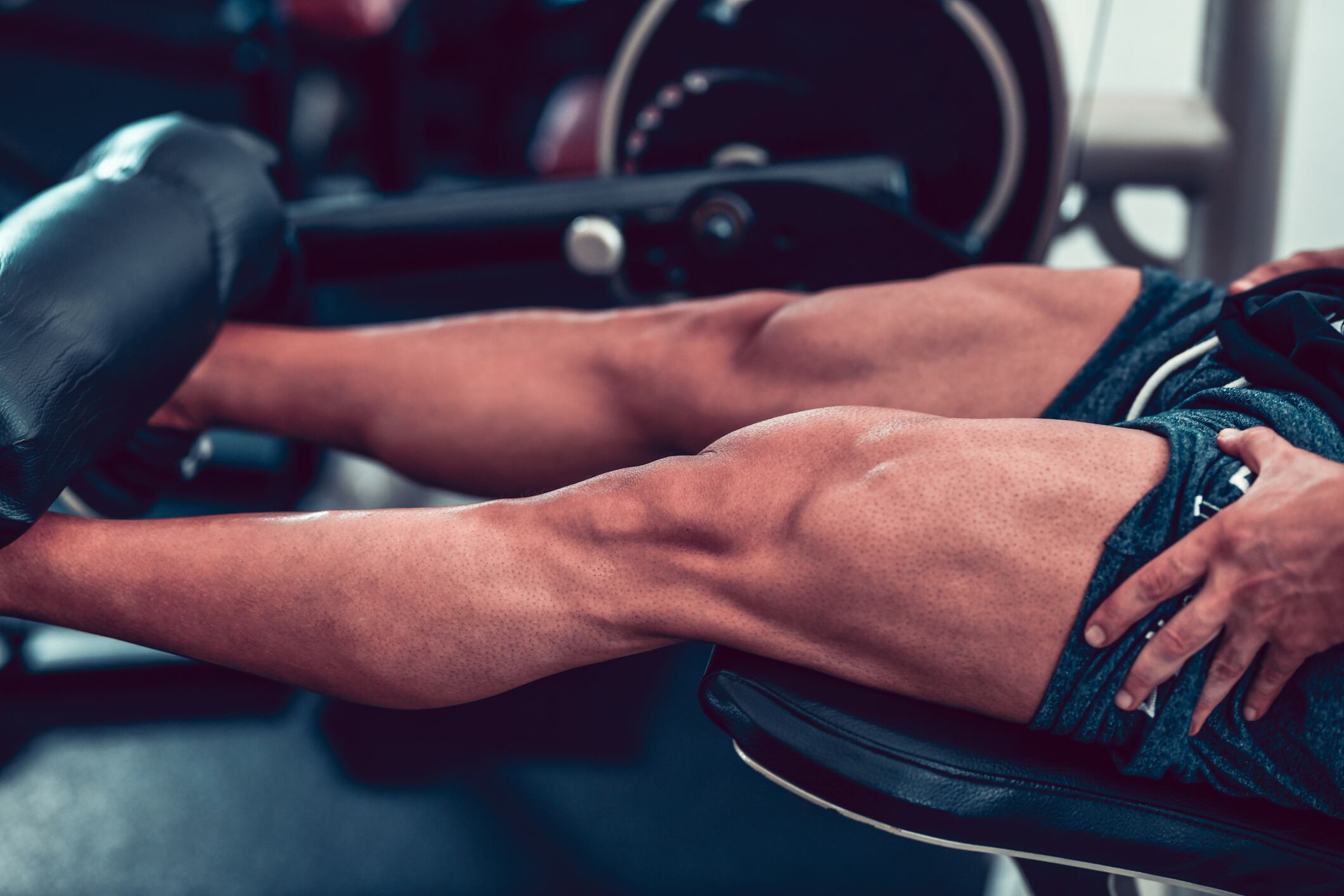“This cross-sectional study aimed to investigate the association between different types of exercise and nutrient intake to provide a basis for promoting the overall health of young adults,” wrote the team of Chinese researchers. “[The] results suggest that the type of exercise engaged in is strongly associated with the intake of macro-nutrients and B vitamins.”
The study, published in the journal Nutrients, was funded by an unrestricted grant from The Coca-Cola Company and the Project of Special Fund for Innovation Guidance of Shaanxi Province.
Study details
The researchers drew baseline data from a total of 427 young adults (50.8% women) who had participate in a large longitudinal observational study investigating the association between caloric intake and energy expenditure.
Over a period of 12 months, these participants self-reported time spent (min/week) in endurance exercise, resistance exercise, sports, walking and other structured physical activity (PA). Nutrient intake was determined via telephone-administered 24-hour recalls.
“The main finding of this study was that the time spent in resistance exercise and total exercise time were positively associated with most B-vitamin intake and the percentage of total calories from protein (PCT-PRO) and negatively associated with the percentage of total calories from carbohydrates (PCT-CHO),” the Chinese team wrote.
In addition, time spent in aerobic exercise was positively associated with fiber and pectin intake and negatively associated with PCT-PRO. Aerobic exercise and walking for over 40 minutes decreased the odds of meeting vitamin B12 and B6 requirements, while participants exercising over 240 minutes a week were more likely to meet daily recommended intake for fiber and vitamin B5.
“It may be worthwhile to point out the negative association of exercise with carbohydrate intake, which may need to be examined more closely in active young adults,” the study noted. “In addition, the supplementation of B vitamins and pectin may be beneficial for their exercise performance and post-exercise recovery.”
Vitamin B and muscle strength
Of particular interest to the study authors was the finding of the potential relationship between vitamin B intake and muscle strength.
“Participants’ weekly duration of resistance exercise was positively associated with intake of vitamins B2, B3, B5, B6 and B12,” they wrote. “B vitamins are an important group of vitamins that perform an essential role in cell function.”
Specifically, they pointed to previous findings that vitamin B6 deficiency may affect distal motor neurons and is associated with motor function loss; that reduced vitamin B12 levels may present a risk factor for muscle weakness and spasticity; and that increased folate (vitamin B9) was positively associated with grip strength and leg strength in diabetic patients over the age of 65.
“Since several B vitamins act as cofactors in muscle synthesis and are important neurotrophic agents, B-vitamin deficiency may have an impact on muscle, nerve and neuromuscular connections,” they wrote. “Therefore, individuals who are regularly involved in resistance exercise may need to consume more B vitamins to meet the needs of their body functions.”
The study also noted that participants who spent more time in resistance exercise tended to consume more protein in their daily diet and that foods rich in high-quality protein such as red meat, eggs and milk are also dietary sources of vitamins B2, B3, B5, B6 and B12.
Source: Nutrients
“Association between Different Types of Exercise and Intake of Nutrients including Carbohydrate, Fat, Protein, and B Vitamins in Young Adults”
doi: doi.org/10.3390/nu15040806
Authors: Jing Zhang et al.



